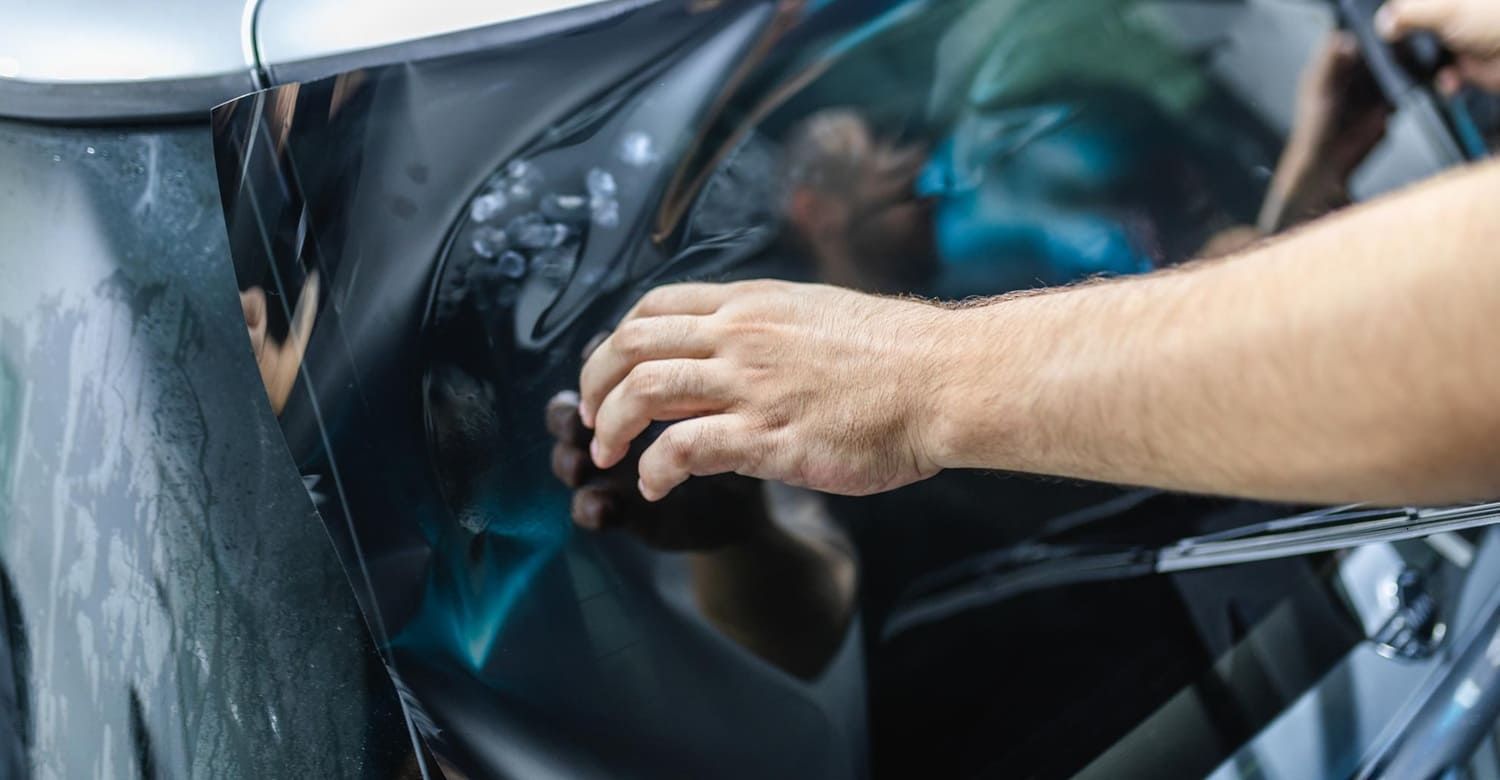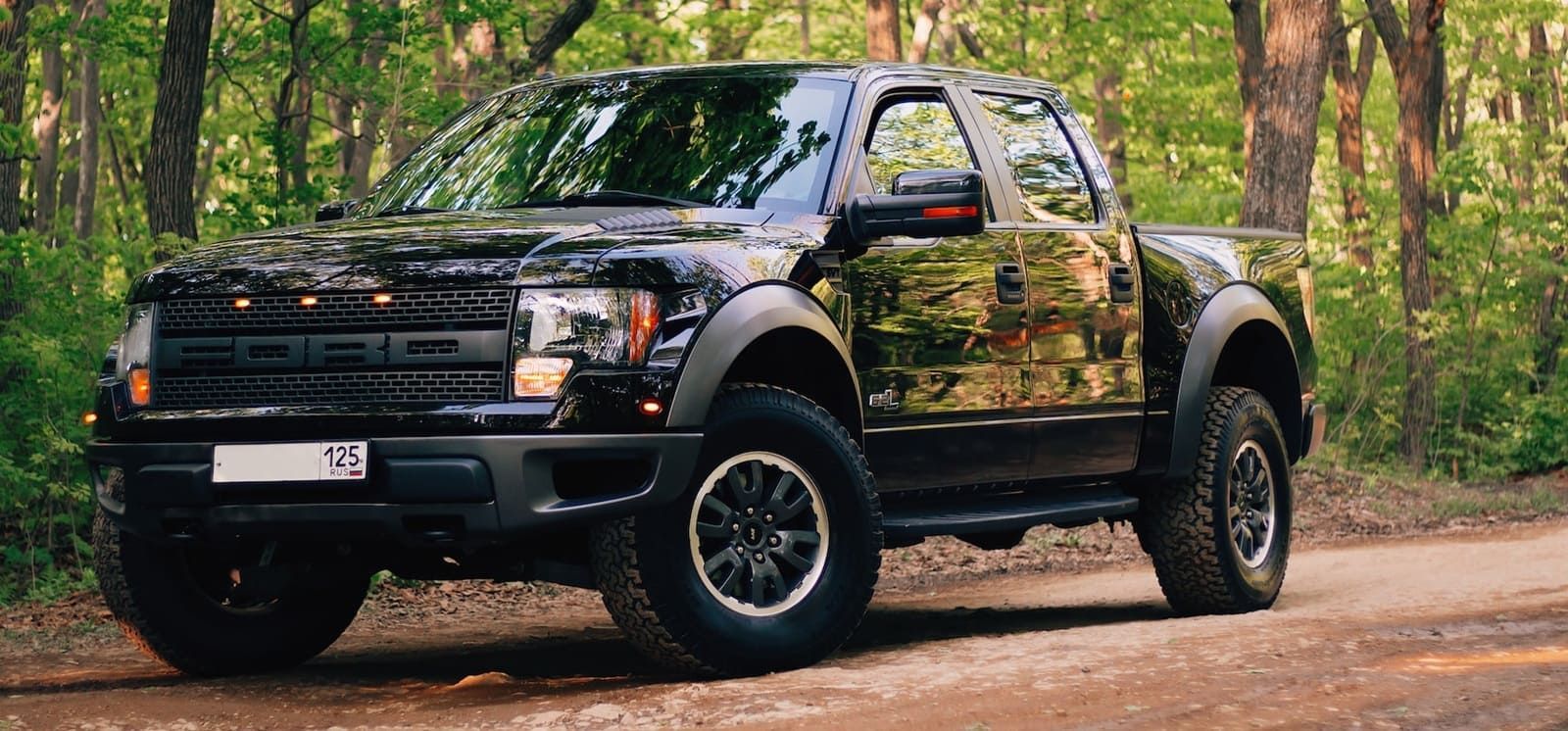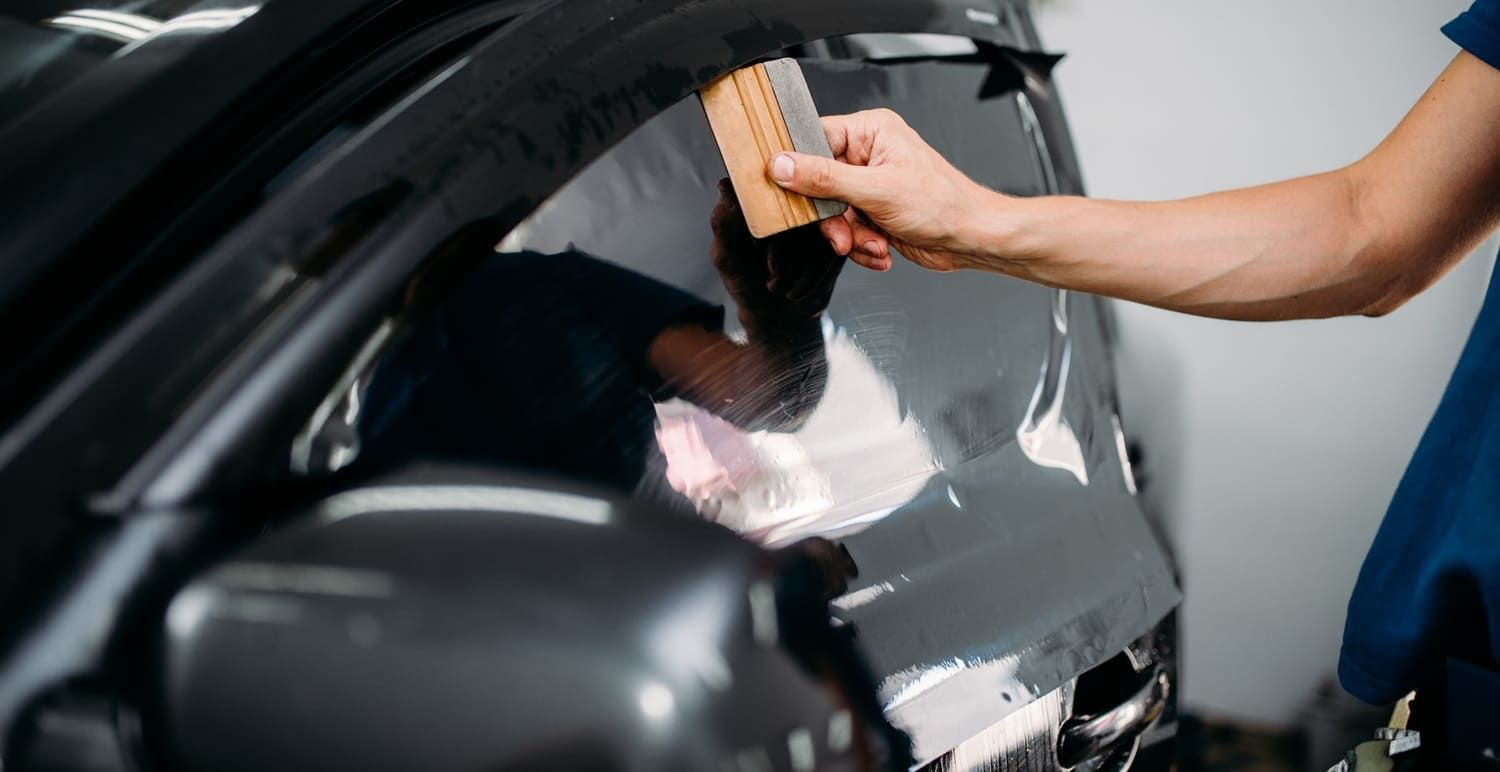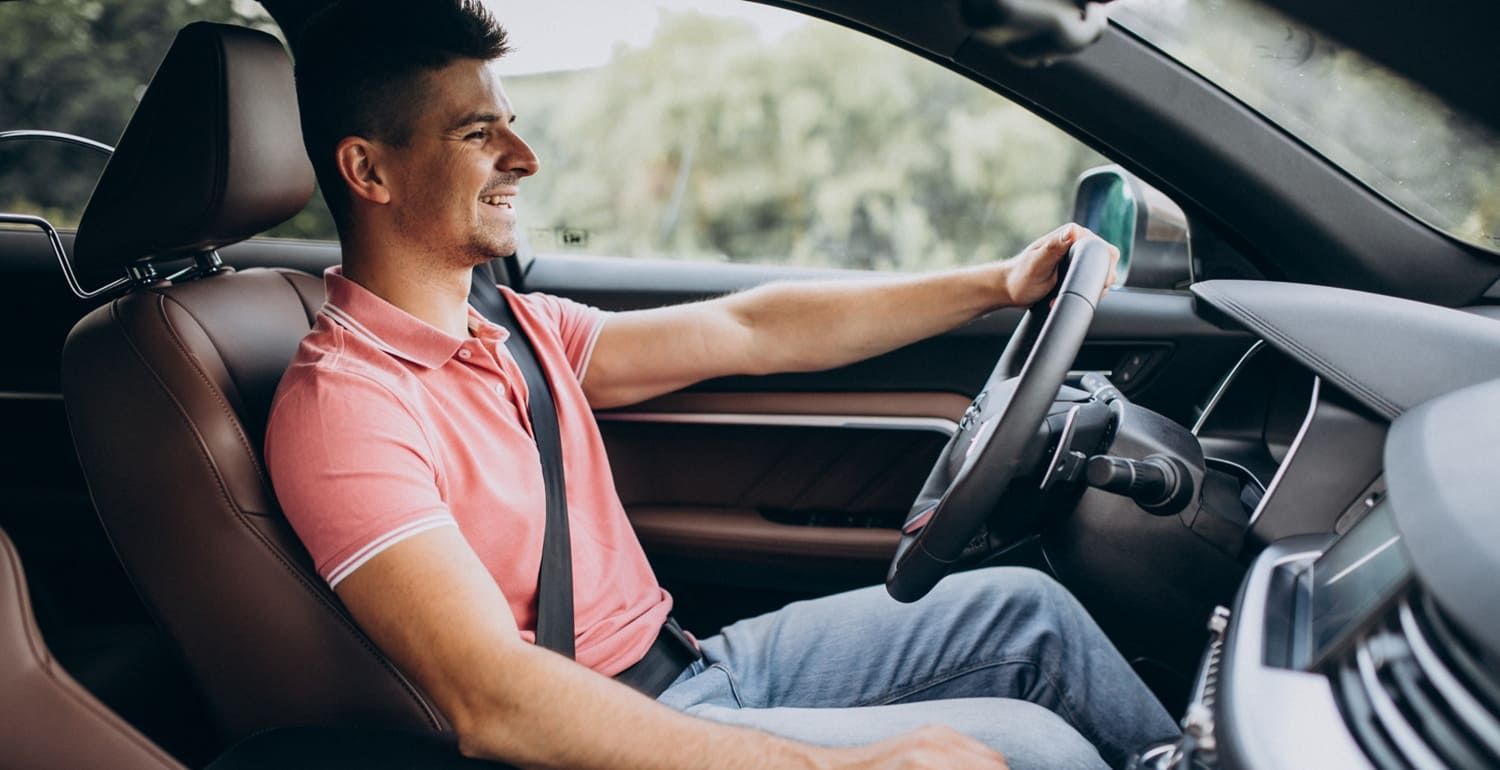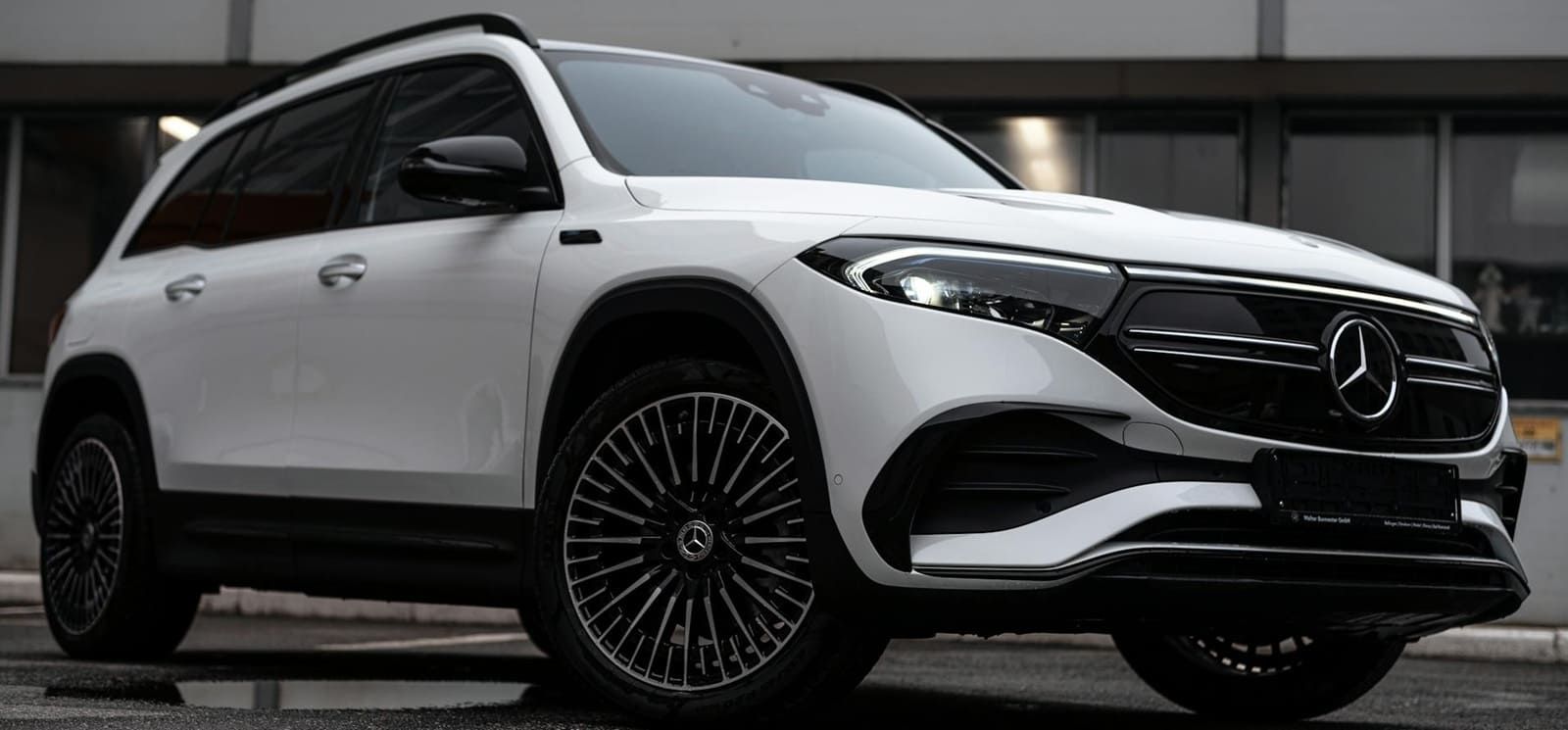Ceramic vs. Standard Window Tint: Which Option Is Best for You?
Picking the right window tint for your car isn't just about looks—it's about comfort, privacy, and even the longevity of your vehicle's interior. Ceramic and standard tints each have their own perks and drawbacks, making the choice a bit tricky. Whether you're after top-notch UV protection, a cooler car cabin, or just a cost-effective way to add some shade, understanding the key differences can help you make the right call.
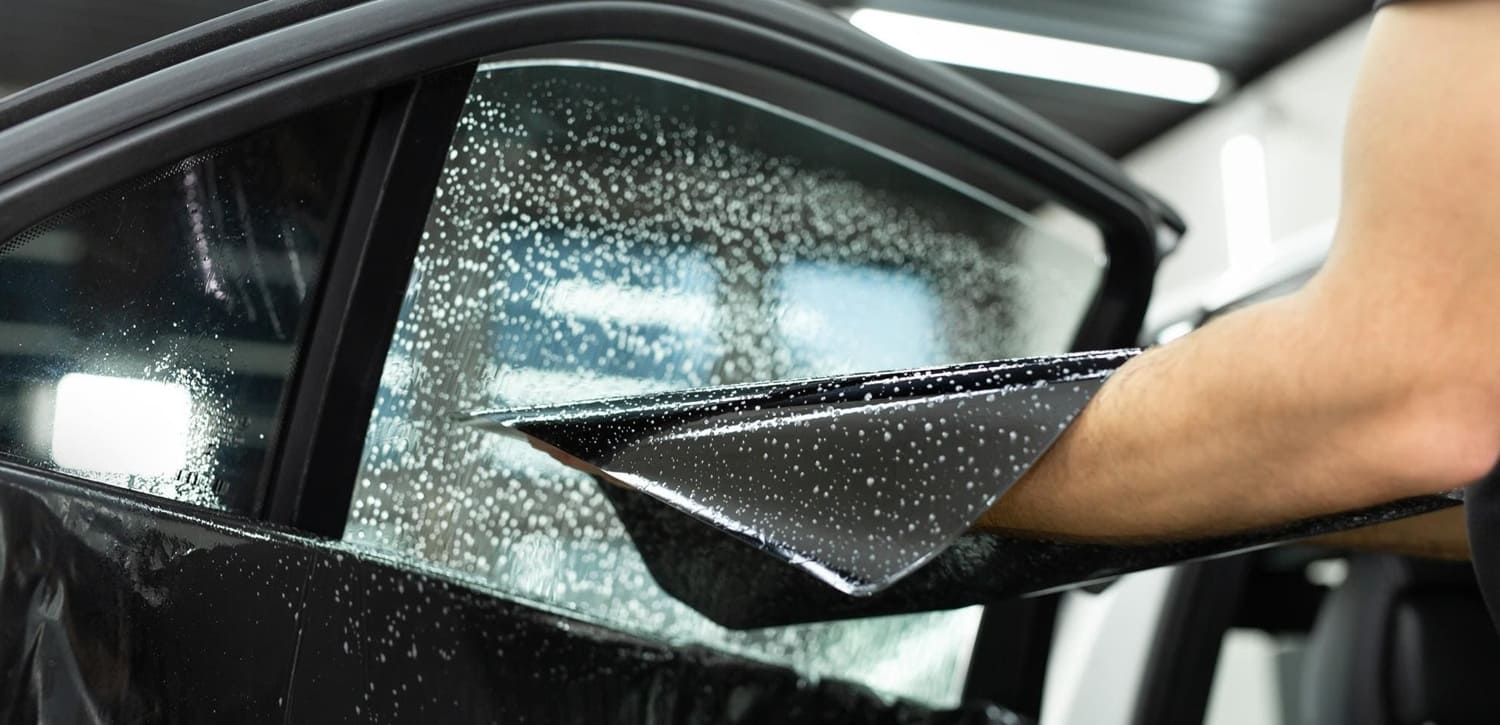
Key Takeaways
- Ceramic tint offers superior UV protection and heat rejection compared to standard tint.
- Standard tint is more budget-friendly but may not last as long or protect as well as ceramic tint.
- Ceramic tint is less likely to interfere with electronic signals, making it a good choice for tech-savvy users.
- Both types of tint can enhance privacy, but ceramic tint often provides better clarity and reduced glare.
- Legal regulations vary by state, so check local laws before choosing your tint.
Understanding Ceramic Window Tint
What Is Ceramic Window Tint?
Ceramic window tint is a modern innovation in the world of window films, crafted using nano-ceramic technology. Unlike traditional tints that rely on dyes or metals, ceramic tints incorporate ceramic particles into the film. These particles are non-conductive and non-metallic, ensuring that electronic devices such as GPS, mobile phones, and radios function without interference. This type of tint offers a clear view while effectively blocking out harmful elements from the sun.
Benefits of Ceramic Tint
Ceramic tint provides a multitude of benefits that make it a popular choice for vehicle owners:
- Superior Heat Rejection: It can block up to 85% of solar heat, significantly reducing the interior temperature of your car.
- Enhanced UV Protection: Offers nearly 99% protection against harmful UV rays, safeguarding both passengers and the car's interior from sun damage.
- Reduced Glare: Improves driving comfort by minimizing glare from the sun, headlights, and other reflective surfaces.
- Durability: Ceramic tints are more resistant to fading and scratches, ensuring a long-lasting application.
How Ceramic Tint Works
The magic behind ceramic tint lies in its nano-ceramic particles, which are embedded within the film. These particles are adept at filtering out infrared light, which is primarily responsible for the heat we feel from the sun. By blocking this infrared light, ceramic tints keep the car's interior cooler. Additionally, the tint's structure is designed to reflect and absorb UV rays, offering robust protection without compromising visibility. This advanced technology ensures that your car remains comfortable and protected, even during the peak of summer.
Exploring Standard Window Tint
Overview of Standard Tint
Standard window tint, often referred to as dyed window film, is the most common type of tinting used in vehicles today. It's a simple, cost-effective solution that involves applying a dyed film to the windows. This film primarily helps in reducing glare and providing a certain level of privacy. The dye absorbs some of the sunlight, which can slightly reduce the internal temperature of your car. However, it doesn't offer significant heat rejection or UV protection compared to more advanced tints.
Advantages of Regular Tint
- Affordability: Regular tint is generally the cheapest option available, making it accessible for most car owners.
- Privacy: It provides a basic level of privacy by darkening the windows, which can deter prying eyes.
- Aesthetic Appeal: Many people choose dyed tints for the sleek look they give to cars, enhancing the overall appearance.
Limitations of Standard Tint
- Limited UV Protection: While it blocks some sunlight, it doesn't offer robust UV protection, which can lead to interior fading over time.
- Heat Rejection: Standard tints are not very effective at keeping your car cool during hot weather, as they primarily absorb rather than reflect heat.
- Durability Issues: Over time, the dye in the film can fade, often turning purple and becoming less effective, which might require replacement sooner than other types of tints.
Regular window tinting is a straightforward, budget-friendly option that suits those looking for privacy and a touch of style without breaking the bank. However, for those seeking more protection from the sun's rays and heat, exploring other tint options might be worthwhile.
Comparing Performance Factors
UV Protection Capabilities
When it comes to blocking harmful UV rays, ceramic window tints are the clear winner. They can block up to 99% of UV radiation, which not only protects your skin but also prevents your car's interior from fading. Standard tints also offer UV protection but not to the same extent, often blocking only about 70-80% of these rays.
- Ceramic Tint: Blocks up to 99% of UV rays
- Standard Tint: Blocks 70-80% of UV rays
Heat Rejection Efficiency
Ceramic tints excel in heat rejection, making your car's interior significantly cooler during those hot summer days. This is due to the nano-ceramic technology that reflects and absorbs heat. Regular tints, while helpful, don't perform as well in this department, often allowing more heat to pass through.
- Ceramic Tint: High heat rejection, keeps interiors cooler
- Standard Tint: Moderate heat rejection, interiors may get warmer
Infrared Protection Differences
Infrared radiation is a major contributor to heat buildup inside a car. Ceramic tints are designed to block a significant portion of infrared rays, sometimes up to 90%, which helps maintain a comfortable temperature inside your vehicle. Standard tints, on the other hand, lack this advanced technology and typically allow more infrared rays to penetrate.
- Ceramic Tint: Blocks up to 90% of infrared rays
- Standard Tint: Less effective against infrared rays
Choosing the right tint can make a big difference in
comfort and protection for your vehicle. While ceramic tints are more expensive, their superior performance in UV protection, heat rejection, and infrared blocking might justify the investment.
Cost Considerations for Window Tinting
Initial Investment Comparison
When it comes to window tinting, the first thing that hits your wallet is the
initial cost. Ceramic tint generally demands a higher upfront payment compared to standard tint. Here's a quick comparison:
| Tint Type | Average Cost (per window) |
|---|---|
| Ceramic Tint | $100 - $150 |
| Standard Tint | $50 - $75 |
Ceramic tints are made with advanced materials that offer superior performance, which explains the price difference. If you’re on a tight budget, the standard tint might seem more appealing at first glance.
Long-Term Value of Ceramic Tint
Though ceramic tint costs more initially, it often pays off in the long run. Here’s why:
- Durability: Ceramic tints are less prone to fading and discoloration, meaning they last longer.
- Energy Savings: They offer better heat rejection, reducing the need for air conditioning and potentially lowering energy bills.
- Interior Protection: By blocking more UV rays, ceramic tints help preserve your car's interior, saving money on maintenance and repairs.
Budget-Friendly Options
If the high cost of ceramic tint is a deal-breaker, there are ways to make your tinting project more affordable:
- Consider Hybrid Tints: These offer a middle ground with some benefits of ceramic tints but at a lower cost.
- Look for Discounts: Many tinting services offer seasonal promotions or discounts for multiple vehicles.
- DIY Kits: For those handy with tools, a DIY kit can save on installation costs, but be aware of the potential for mistakes.
"Choosing the right tint is not just about the initial cost; it's about weighing the long-term benefits against the upfront investment. Think about how often you drive, the climate you’re in, and what matters most to you in a tint."
Ultimately, the decision between ceramic and standard tinting should be guided by both your budget and your specific needs. Whether you prioritize cost-saving upfront or value longevity and performance, there's a tinting option that can meet your requirements.
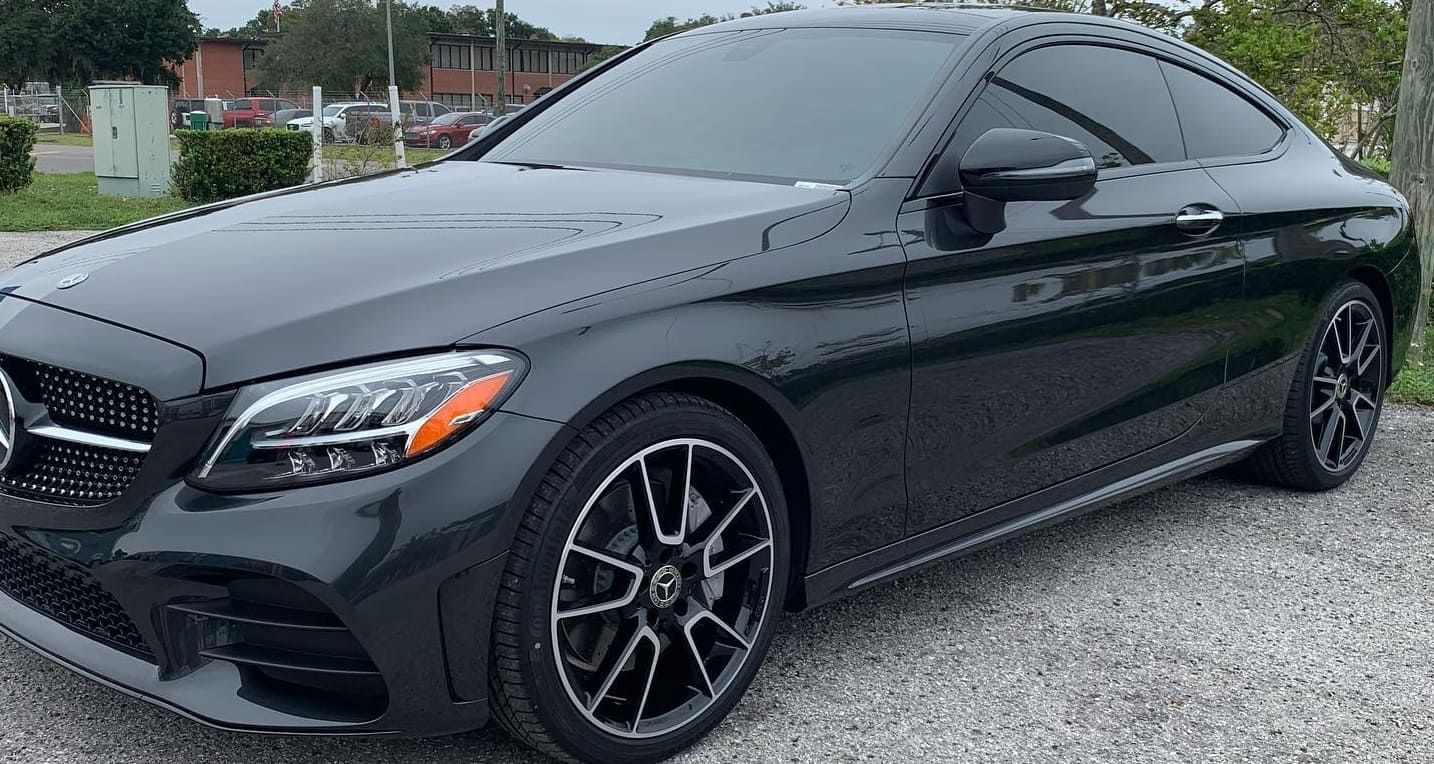
Privacy and Visibility Enhancements
Privacy Features of Ceramic Tint
Ceramic window tint is like having sunglasses for your car that keep prying eyes out. It offers a superior level of privacy, thanks to its advanced technology that creates a one-way mirror effect. This means you can see out just fine, but those on the outside have a hard time peering in. It's especially great for those who value their privacy, whether you're parked in a busy area or cruising through town. Plus, it doesn't compromise on style, giving your vehicle a sleek, modern look.
Visibility with Standard Tint
Standard window tint provides a basic level of privacy by darkening the windows, but it doesn't quite match up to ceramic tint. While it does reduce visibility from the outside, it lacks the one-way mirror effect. This means that while it does offer some privacy, it might not be as effective in very bright conditions. On the upside, it’s more budget-friendly and still helps in cutting down glare and sunlight, making your drive more comfortable.
Choosing the Right Shade
Picking the right shade of tint is crucial for balancing privacy and visibility. Here are some tips to consider:
- Understand Local Laws: Some areas have restrictions on how dark your tint can be, so make sure you're compliant.
- Consider Your Environment: If you live in a sunny place, you might want a darker tint to keep the heat out.
- Think About Your Needs: Decide if you need more privacy or better visibility, and choose accordingly.
Getting the
right window tint can make a world of difference in
your driving experience, offering both privacy and comfort without sacrificing style.
Installation and Maintenance Tips
Professional Installation Benefits
Getting your window tint installed by a professional might seem like an extra expense, but it’s worth considering. Here’s why:
- Precision Fit: Experts ensure the tint fits perfectly to your car windows, minimizing bubbles and peeling.
- Time-Saving: Professionals can complete the job quickly, saving you time and hassle.
- Warranty: Many professional installations come with a warranty, providing peace of mind if anything goes wrong.
Choosing professional installation can save you from the headaches of DIY attempts, ensuring a clean and durable finish.
Maintenance for Longevity
Once your tint is installed, keeping it in top shape requires some care:
- Avoid Cleaning for a Few Days: Let the tint cure for at least a week before cleaning.
- Use Gentle Cleaners: Stick to mild, non-ammonia-based cleaners to prevent damage.
- Soft Cloths Only: Use microfiber cloths to avoid scratching the tint.
Regular maintenance can significantly extend the life of your window tint, maintaining its appearance and effectiveness.
Common Installation Mistakes
Avoid these common pitfalls if you decide to go the DIY route:
- Rushing the Process: Take your time to ensure each step is done correctly.
- Ignoring Dust: Dust particles can get trapped under the tint, leading to bubbles.
- Wrong Tools: Use the right tools, like squeegees and precision knives, for a smooth application.
These tips can help you achieve a professional look even if you're doing it yourself.
Legal Considerations for Window Tint
Understanding State Regulations
When it comes to tinting your car windows, one of the first things you need to check is your state's regulations. Each state has its own set of rules regarding how dark or reflective your window tint can be. These laws are designed to ensure safety for drivers and law enforcement officers. Here's a quick rundown of what you might encounter:
- Visible Light Transmission (VLT): This percentage refers to how much light can pass through your window tint. States have different requirements, often specifying a minimum VLT percentage for front, back, and rear windows.
- Reflectivity: Some states limit how reflective your tint can be. This is to prevent glare that could affect other drivers.
- Medical Exemptions: Certain states allow for darker tints if you have a medical condition that requires it, but you'll typically need to carry documentation.
Compliance with Tint Darkness
Staying compliant with tint darkness is crucial to avoid fines and the hassle of having to remove or replace your tint. Here's how you can ensure compliance:
- Check Local Laws: Before installing any tint, look up the specific laws in your state or locality. Websites of local DMV offices often have this information.
- Use a Tint Meter: This device measures the VLT of your windows. Some tint shops offer this service, ensuring your tint meets legal standards.
- Get Professional Advice: A professional tint installer will know the legal limits and can help you choose a film that complies with local laws.
Legal Implications of Non-Compliance
Ignoring window tint laws can lead to several consequences. Here are some potential issues:
- Fines and Penalties: Non-compliant tint can result in fines, which vary by state. Repeat offenses can lead to increased fines.
- Vehicle Inspection Failure: In some states, your vehicle might fail inspection if the tint doesn't meet legal standards.
- Insurance Issues: Some insurance policies might not cover damages if your vehicle is found to be non-compliant with local laws.
Tinting your windows can
enhance privacy and reduce glare, but always ensure you're within legal limits to avoid unnecessary trouble.
Conclusion
So, there you have it. Choosing between ceramic and regular window tint really boils down to what you need and what you're willing to spend. Ceramic tint is like the high-tech gadget of the tint world—it's got all the bells and whistles, from top-notch UV protection to keeping your car cooler. But, it does come with a heftier price tag. On the flip side, regular tint is the budget-friendly option. It gets the job done, offering some privacy and a bit of heat reduction, but it might not last as long or perform as well in extreme conditions.
At Leo’s Touch Window Tinting, an Exclusive LLumar SelectPro Dealer in Tampa, FL, we provide both ceramic and regular window tinting options tailored to fit your specific needs and budget. Whether you’re looking for the superior protection of ceramic tint or the cost-effective benefits of regular tint, our expert team ensures professional installation and high-quality results. Contact us today for a free estimate and let us help you choose the perfect window tint that fits your needs and your wallet.
At the end of the day, think about your priorities. Do you want the best protection and are okay with spending more? Go ceramic. Looking to save some cash and still get decent results? Regular tint might be your best bet. Whatever you choose, make sure it fits your needs and your wallet.
Happy tinting!
Frequently Asked Questions
What is the main difference between ceramic and standard window tint?
Ceramic tint uses advanced technology to block more heat and UV rays compared to standard tint. It also offers better clarity and doesn't interfere with electronic signals, while standard tint is more budget-friendly.
Does ceramic tint really keep my car cooler?
Yes, ceramic tint is designed to reject a significant amount of solar heat, keeping your car cooler compared to standard tint.
Is ceramic tint worth the extra cost?
If you prioritize UV protection, heat rejection, and long-term durability, ceramic tint is worth the investment. It offers superior performance compared to standard tint.
Will standard tint protect my car's interior from sun damage?
Standard tint provides some level of UV protection, but not as much as ceramic tint. It can help reduce sun damage but may not be as effective over time.
Can I install window tint myself?
While you can try DIY installation, professional installation is recommended for the best results and to avoid common mistakes that can affect the tint’s performance.
Are there legal restrictions on how dark window tint can be?
Yes, different states have laws about how dark window tint can be. It's important to check your local regulations to ensure compliance.


